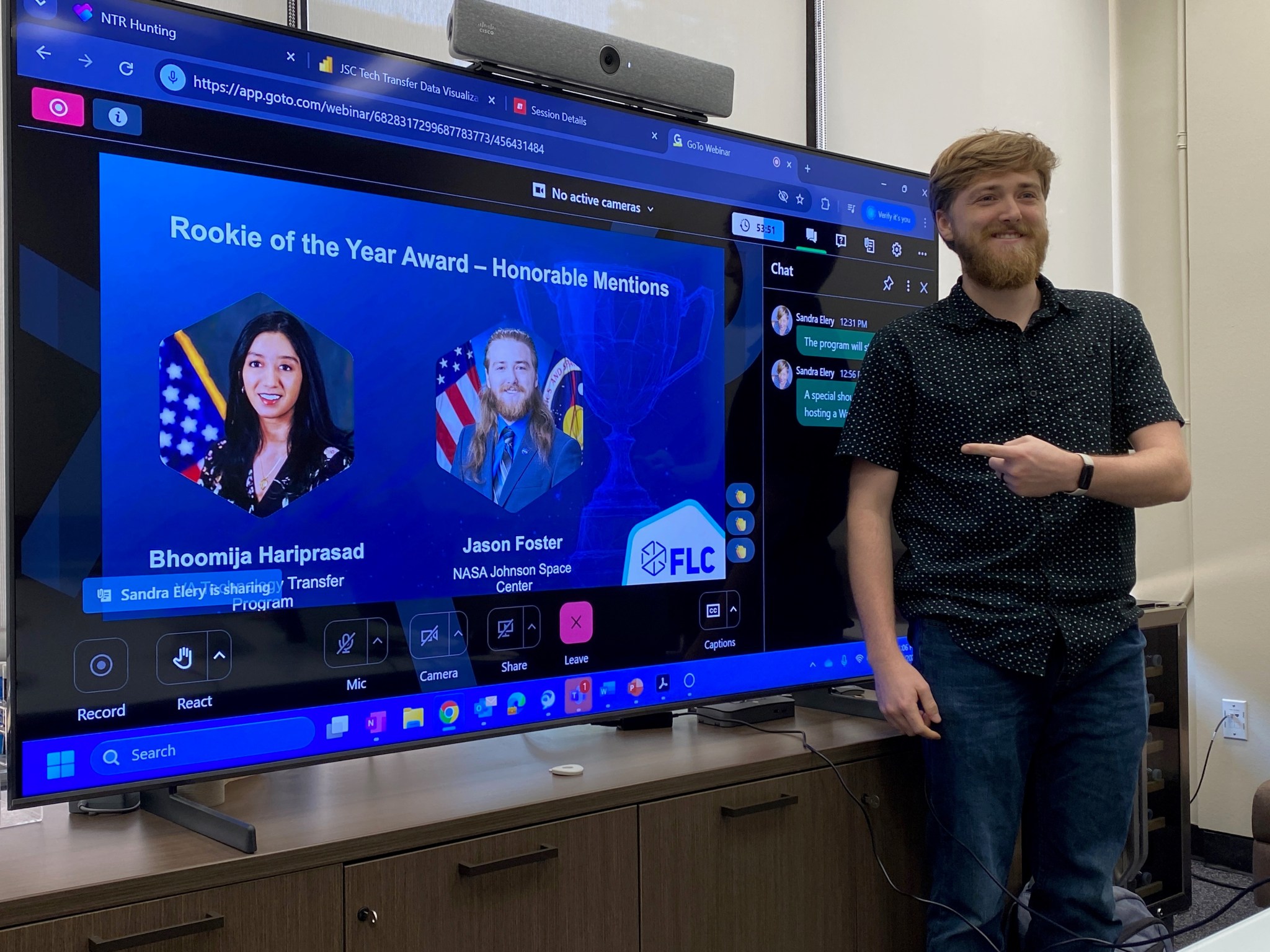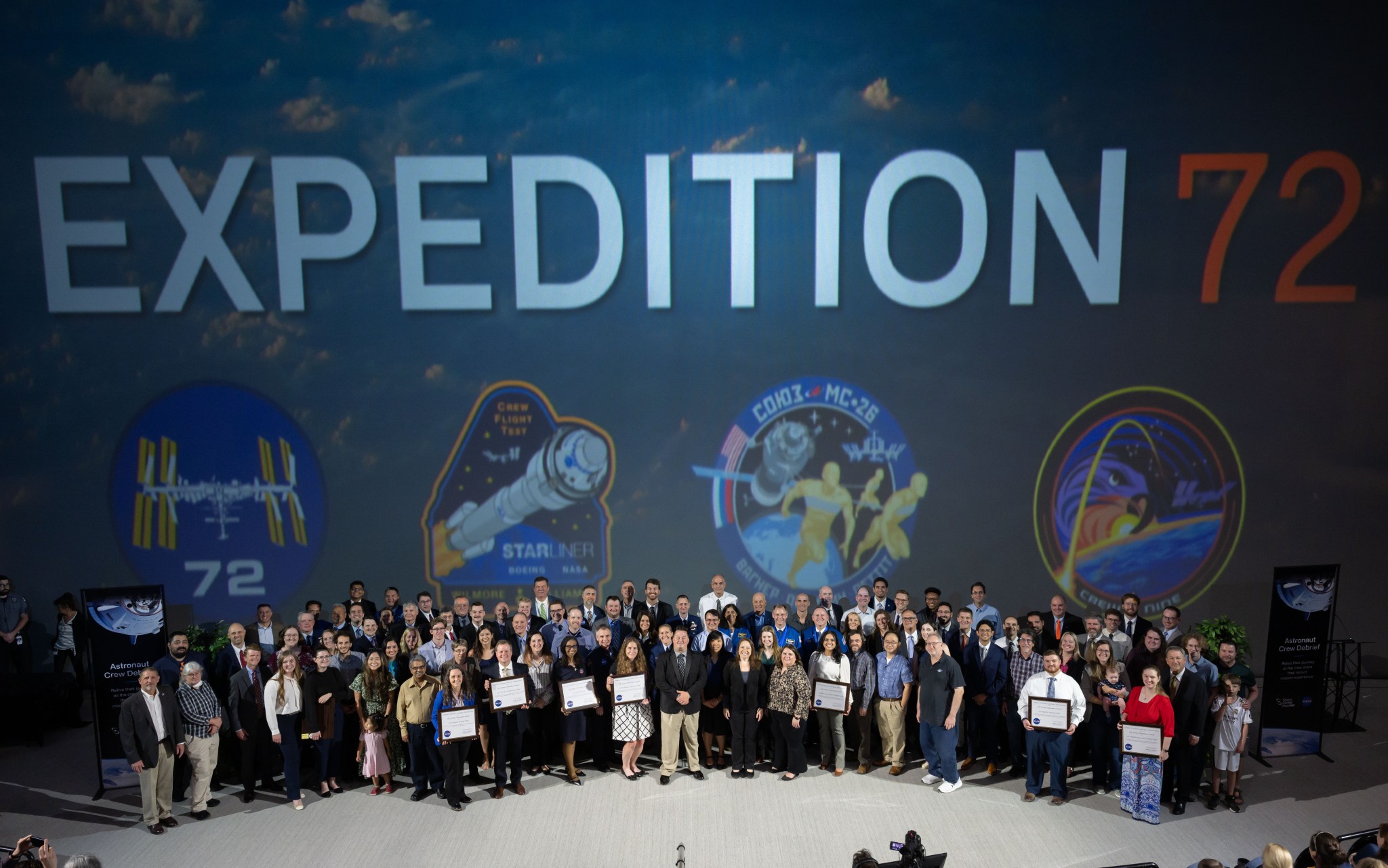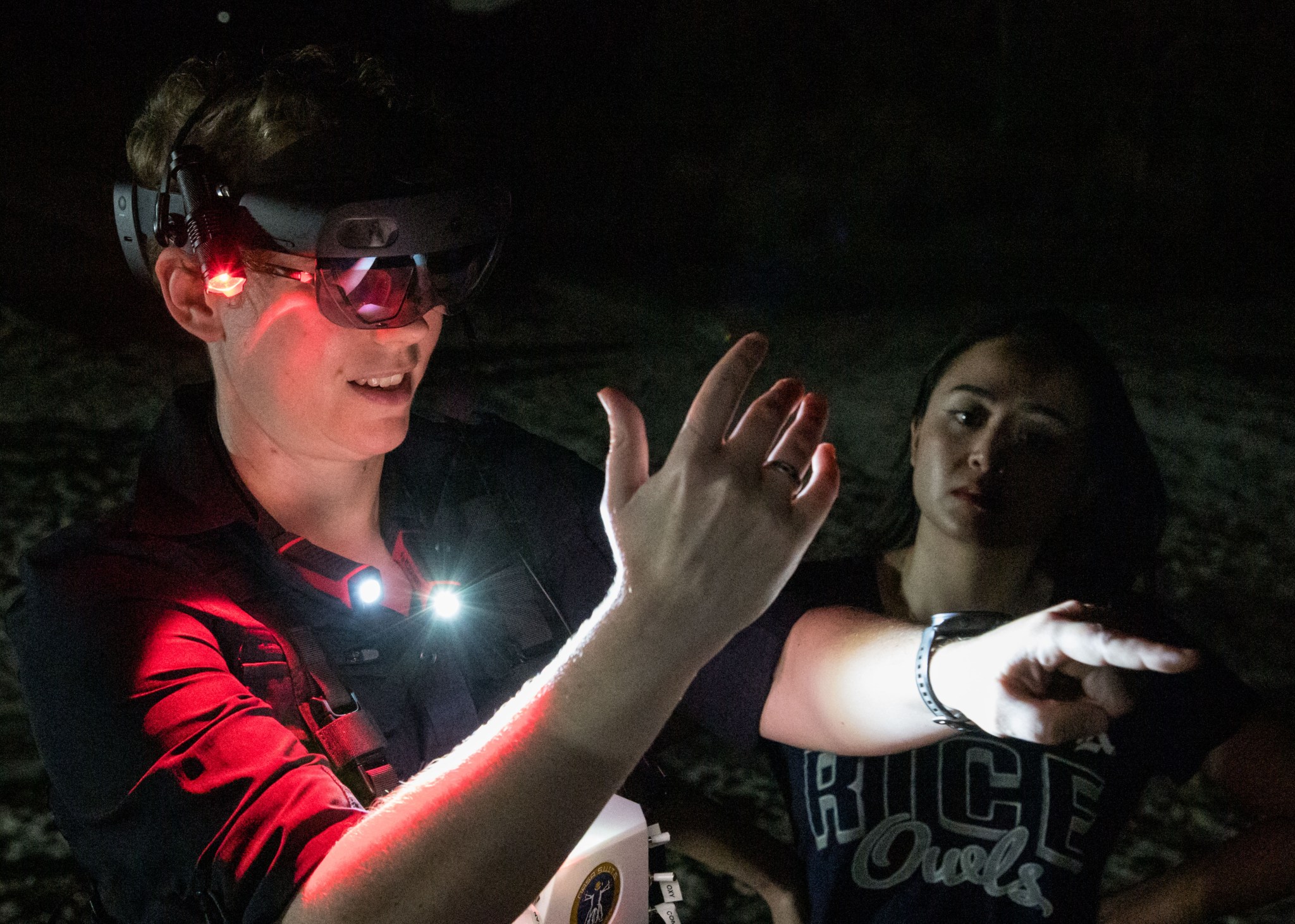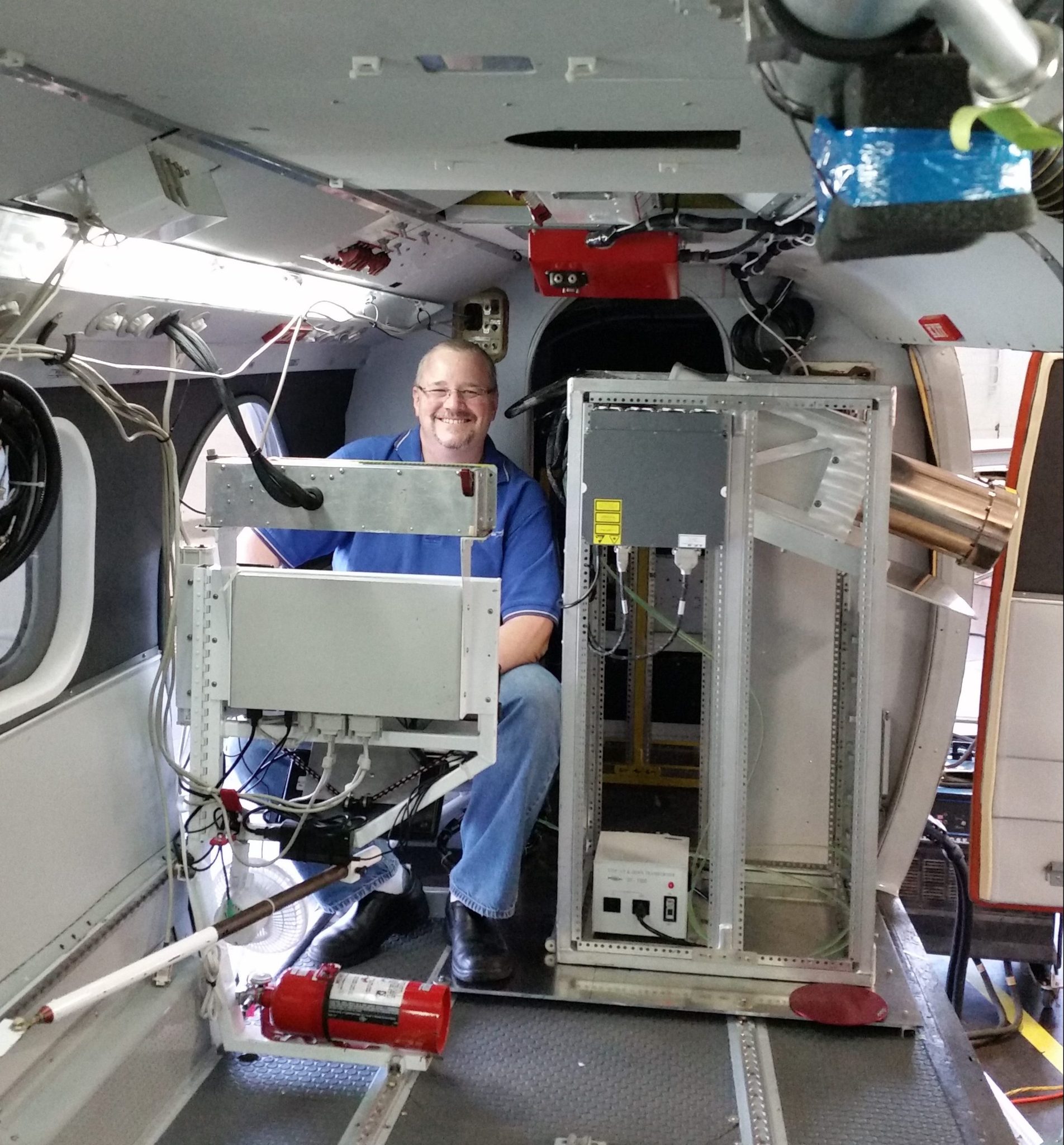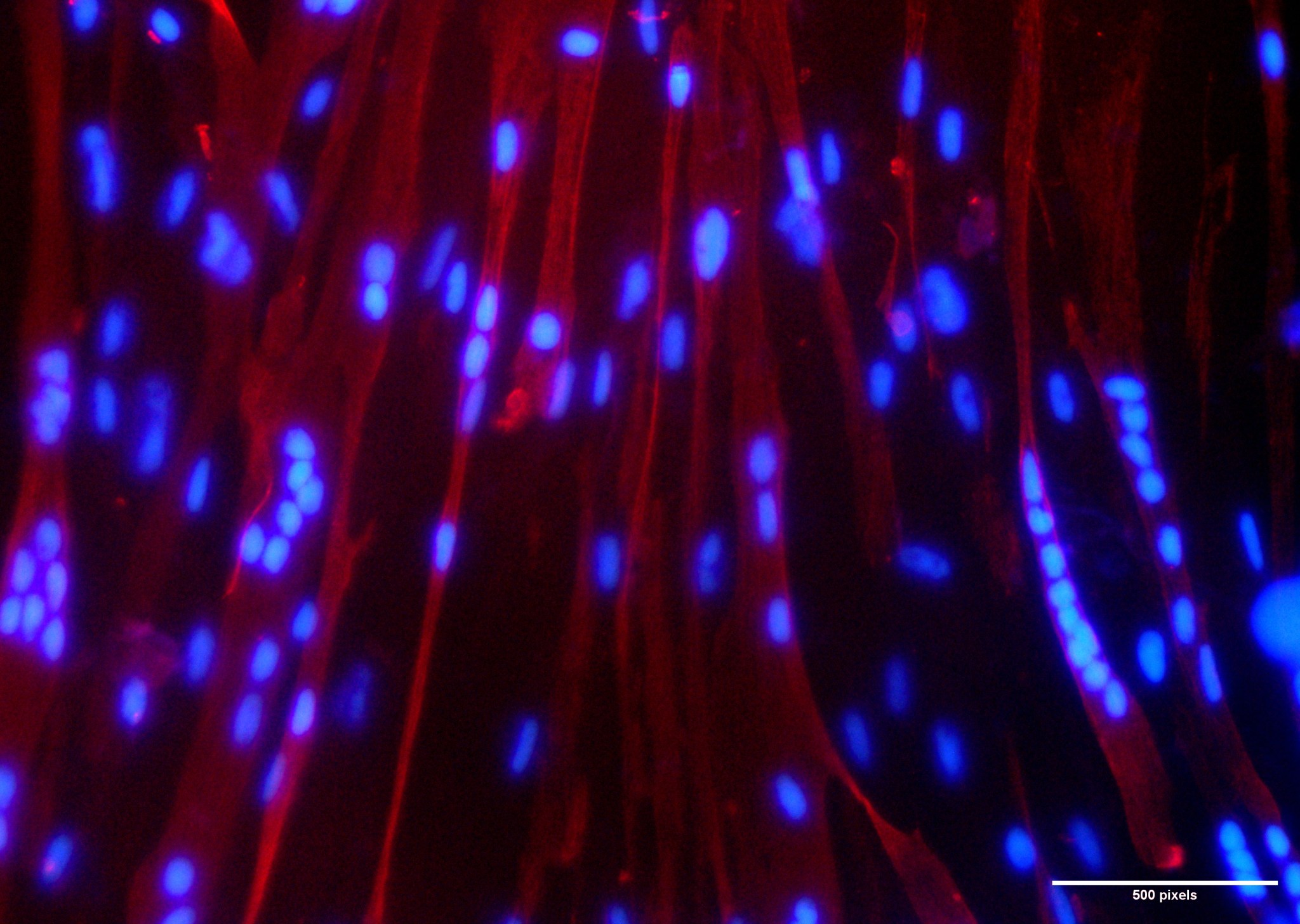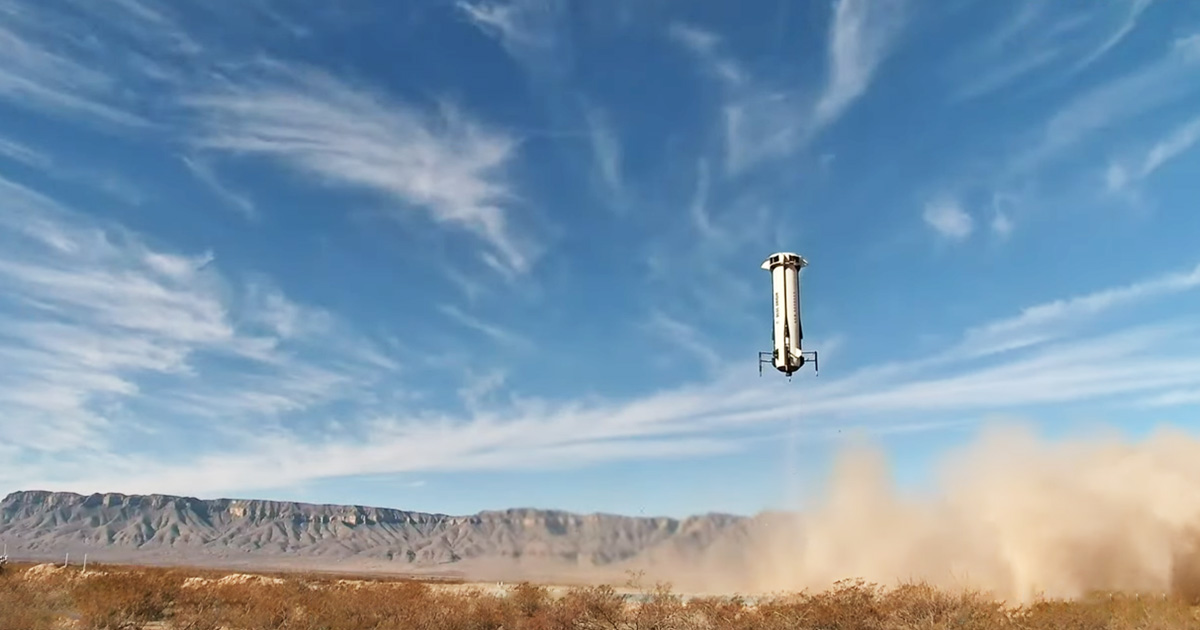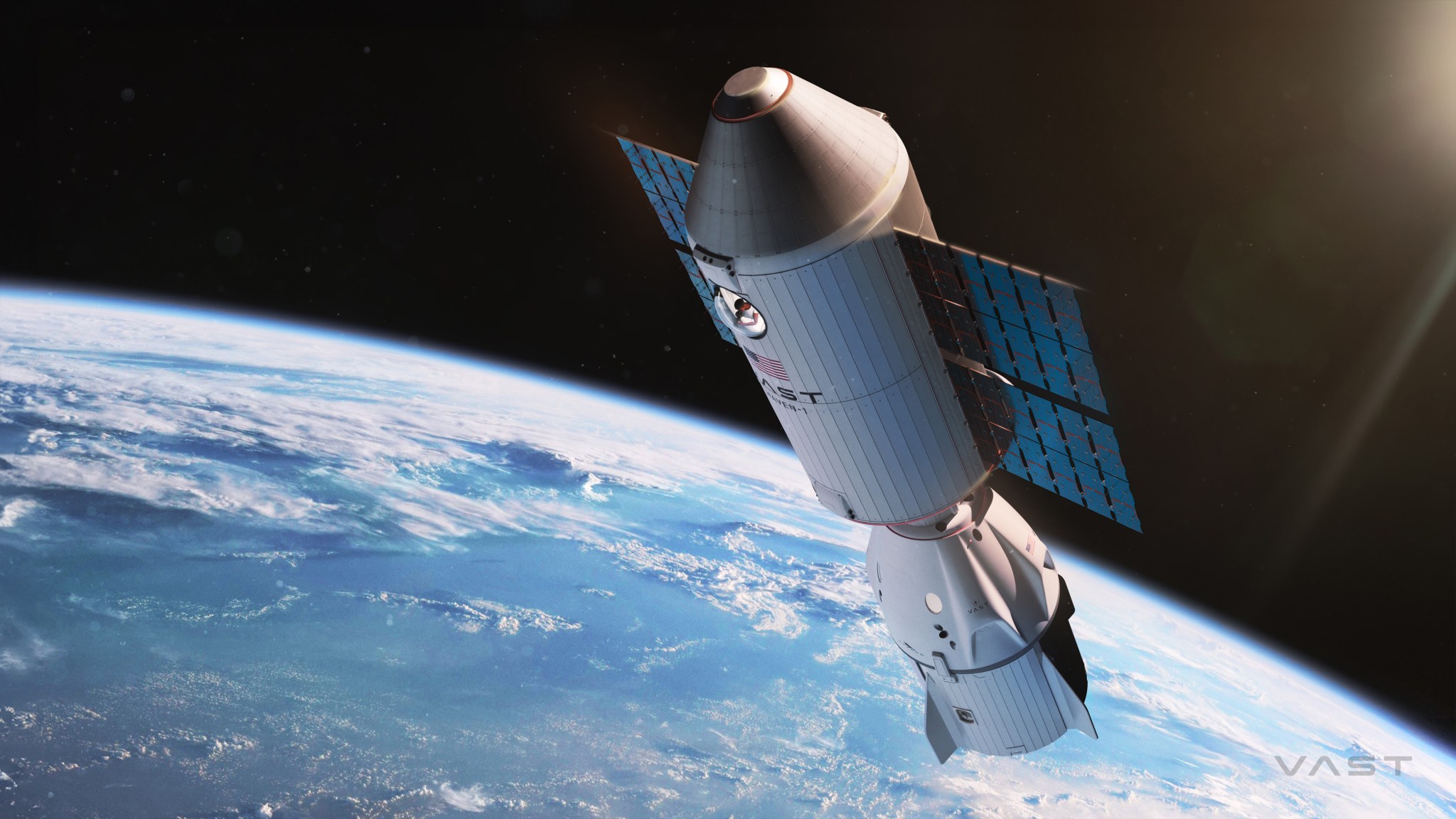Heading into a recent staff meeting for Johnson Space Center’s Business Development & Technology Integration Office, Jason Foster anticipated a typical agenda of team updates and discussion. He did not expect an announcement that he had been named a 2025 Rookie of the Year – Honorable Mention through the Federal Laboratory Consortium’s annual awards program. Foster was one of only three technology transfer professionals across the federal government to be recognized in the Rookie of the Year category, which is open to early-career individuals with less than three years of…
Read MoreTag: Johnson Space Center
NASA, DoD Practice Abort Scenarios Ahead of Artemis II Moon Mission
Teams with NASA and the Department of Defense (DoD) rehearse recovery procedures for a launch pad abort scenario off the coast of Florida near the agency’s Kennedy Space Center on Wednesday, June 11, 2025. NASA/Isaac Watson NASA and the Department of Defense (DoD) teamed up June 11 and 12 to simulate emergency procedures they would use to rescue the Artemis II crew in the event of a launch emergency. The simulations, which took place off the coast of Florida and were supported by launch and flight control teams, are preparing…
Read MoreWelcome Home, Expedition 72 Crew!
On May 22, 2025, NASA hosted an Expedition 72 crew debrief and awards ceremony at Space Center Houston, where more than 1,000 attendees gathered to celebrate. The event recognized the achievements of the crew as well as NASA employees and partners whose dedication and support contributed to the expedition’s success. Crew members from Expedition 72 shared reflections and anecdotes from their time on the International Space Station and expressed gratitude for the opportunity to contribute to scientific research aboard the orbiting laboratory. A group photo of participants from the Expedition…
Read MoreNASA Student Challenge Prepares Future Designers for Lunar Missions
4 Min Read NASA Student Challenge Prepares Future Designers for Lunar Missions At NASA’s Johnson Space Center in Houston, the next generation of lunar explorers and engineers are already hard at work. Some started with sketchbooks and others worked with computer-aided design files, but all had a vision of how design could thrive in extreme environments.Thanks to NASA’s Student Design Challenge, Spacesuit User Interface Technologies for Students (SUITS), those visions are finding their way into real mission technologies. NASA’s Spacesuit User Interface Technologies for Students (SUITS) teams test their augmented…
Read MoreLaser Focused: Keith Barr Leads Orion’s Lunar Docking Efforts
Keith Barr was born only months before the historic Apollo 11 landing in 1969. While he was too young to witness that giant leap for mankind, the moment sparked a lifelong fascination that set him on a path to design technology that will carry astronauts farther into space than ever before. Today, Barr serves as a chief engineer and Orion Docking Lidar Field Test lead at NASA’s Johnson Space Center in Houston. He spearheads the field testing of docking lidars for the Orion spacecraft, which will carry astronauts to the…
Read MoreNASA Awards Third Crowdsourcing Contract Iteration
Credit: NASA NASA continues to collaborate with global communities to solve complex challenges through crowdsourcing with a series of 25 new NASA Open Innovation Service (NOIS) contracts managed by the agency’s Johnson Space Center in Houston. The contract aims to empower NASA’s workforce by actively engaging the public to find creative solutions to difficult space exploration challenges through rapid experimentation with new methodologies, new technologies, and unique perspectives, ensuring NASA remains at the forefront of innovation while accomplishing its missions. This is the third NOIS contract, managed by NASA’s Center…
Read MoreNASA Sets Coverage for Axiom Mission 4 Launch, Arrival at Station
The SpaceX Dragon spacecraft carrying the Axiom Mission 3 crew is pictured approaching the International Space Station on Jan. 20, 2024. Credit: NASA NASA, Axiom Space, and SpaceX are targeting 8:22 a.m. EDT, Tuesday, June 10, for launch of the fourth private astronaut mission to the International Space Station, Axiom Mission 4. The mission will lift off from Launch Complex 39A at NASA’s Kennedy Space Center in Florida. The crew will travel to the orbiting laboratory on a new SpaceX Dragon spacecraft after launching on the company’s Falcon 9 rocket.…
Read MoreNASA, ISRO Research Aboard Fourth Private Astronaut Mission to Station
NASA and ISRO (Indian Space Research Organisation) are collaborating to launch scientific investigations aboard Axiom Mission 4, the fourth private astronaut mission to the International Space Station. These studies include examining muscle regeneration, growth of sprouts and edible microalgae, survival of tiny aquatic organisms, and human interaction with electronic displays in microgravity. The mission is targeted to launch no earlier than Tuesday, June 10, aboard a SpaceX Dragon spacecraft on the company’s Falcon 9 rocket from NASA’s Kennedy Space Center in Florida. Regenerating muscle tissue Immunofluorescent image of human muscle…
Read MoreNASA Tests New Ways to Stick the Landing in Challenging Terrain
6 min read Preparations for Next Moonwalk Simulations Underway (and Underwater) Advancing new hazard detection and precision landing technologies to help future space missions successfully achieve safe and soft landings is a critical area of space research and development, particularly for future crewed missions. To support this, NASA’s Space Technology Mission Directorate (STMD) is pursuing a regular cadence of flight testing on a variety of vehicles, helping researchers rapidly advance these critical systems for missions to the Moon, Mars, and beyond. “These flight tests directly address some of NASA’s highest-ranked…
Read MoreNASA Helps with Progress on Vast’s Haven-1 Commercial Space Station
2 min read Preparations for Next Moonwalk Simulations Underway (and Underwater) A digital rendering of the NASA-supported commercial space station, Vast’s Haven-1, which will provide a microgravity environment for crew, research, and in-space manufacturing. Vast NASA-supported commercial space station, Vast’s Haven-1, recently completed a test of a critical air filter system for keeping future astronauts healthy in orbit. Testing confirmed the system can maintain a safe and healthy atmosphere for all planned Haven-1 mission phases. Testing of the trace contaminant control system was completed at NASA’s Marshall Space Flight Center in…
Read More